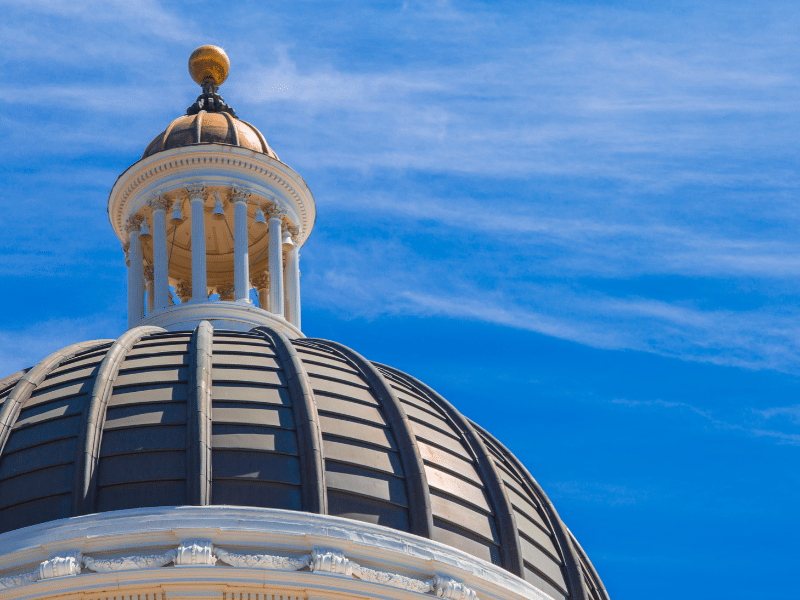In California, our proverbial North Star has been Assembly Bill 32 (AB 32), also known as the California Global Warming Solutions Act, which requires the state to reduce its greenhouse gas emissions to 1990 levels by 2020, translating to 15% below emissions expected under a “business as usual” scenario. For cities, this pressure may seem daunting. Enter, the Energy Action Plan (EAP). It provides a roadmap for a city to streamline its energy usage and is an extremely effective mechanism for reducing energy use.
What is an Energy Action Plan?
An EAP includes a holistic picture of a city’s current energy usage, ideas for decreasing energy usage (and subsequently GHG emissions), as well as a general toolkit for making these projects happen. If this does not make a compelling enough case for you, allow me to detail some other reasons why your city should pursue developing an Energy Action Plan.
Benchmarking & Data Collection Helps Your City Get Organized
Arguably, this is the most painful part of the process. As your EAP developer, we might ask for anything ranging from 20-year-old energy usage data to a comprehensive streetlighting inventory, details about ongoing energy efficiency projects…and sometimes not everything will be available. Still, not only will this process help us set up a tangible starting point from which we can recommend projects, it may help you consolidate details about your building portfolio that perhaps the city hasn’t previously organized.

For example, if your site’s VFD is running at 100%, we would recommend looking into a retro-commissioning study. If we find fluorescent lighting, we would recommend upgrading to LED, and provide some estimated savings numbers to help you prioritize your projects.
The City Gets a To-Do List
As part of the EAP process, we conduct scoping energy audits at the high energy-using sites your city wants to target. Following these visits, we’ll preliminarily crunch some numbers to see where the largest energy efficiency opportunities might lie. These could range from a recommendation to retrofit the incandescent and fluorescent lighting to LED or pursuing a retro-commissioning study where the equipment doesn’t seem to be working quite right. We focus recommendations based on your city’s priorities whether they be the most financially feasible projects or achieving carbon neutral status with a higher savings potential but longer project payback and everything in between. In any case, the EAP provides city officials a big picture look at potential sources of energy usage reductions.
You’ll Demonstrate Your Environmental Commitment
The Energy Action Plan is a great, tangible way of demonstrating your city’s commitment to environmental sustainability. A good EAP should include a list of projects that the city can pursue, which will act as a roadmap for reaching a specified energy, or carbon-reduction goal. It should capture all the efforts that the city has implemented to date, as well as a pathway for advancing even further. Cities can also implement the elements of the EAP into their Climate Action Plans or General Plan, to ensure that the recommended actions are followed through.
You’re Left With a Toolkit to Make it All Happen
Not only is the Energy Action Plan a roadmap for how your city can both improve its bottom line and increase its environmental friendliness, it also provides a toolkit that turns potential projects from a pipedream into reality. Since we know utility incentive programs intimately and the general industry environment, we can refer cities to a list of resources, such as financial mechanisms to maximum available funding for these projects. In addition, in order to lay the groundwork for a more proactively energy efficient city, we may also recommend a number of policies to put into place, as well as support staff roles to continue these efforts. In the past we have also set up initial Energy Star Portfolio Manager profiles that cities can continue to use for benchmarking purposes. Having this infrastructure in place at the end of the process helps ensure continued engagement with the EAP over time.
Let Us Know If We Can Help
With states starting to set their sights on 100% renewable energy portfolios, there has never been a better time to lay the groundwork to proactively reduce your cities’ energy use. Developing an Energy Action Plan is an effective way to tackle this seemingly daunting task. By understanding where you are and where you need to go, an EAP can help your city reach its goals. Let us know if we can help you identify funding to help do this valuable work so that your city doesn’t have to bear the cost.


